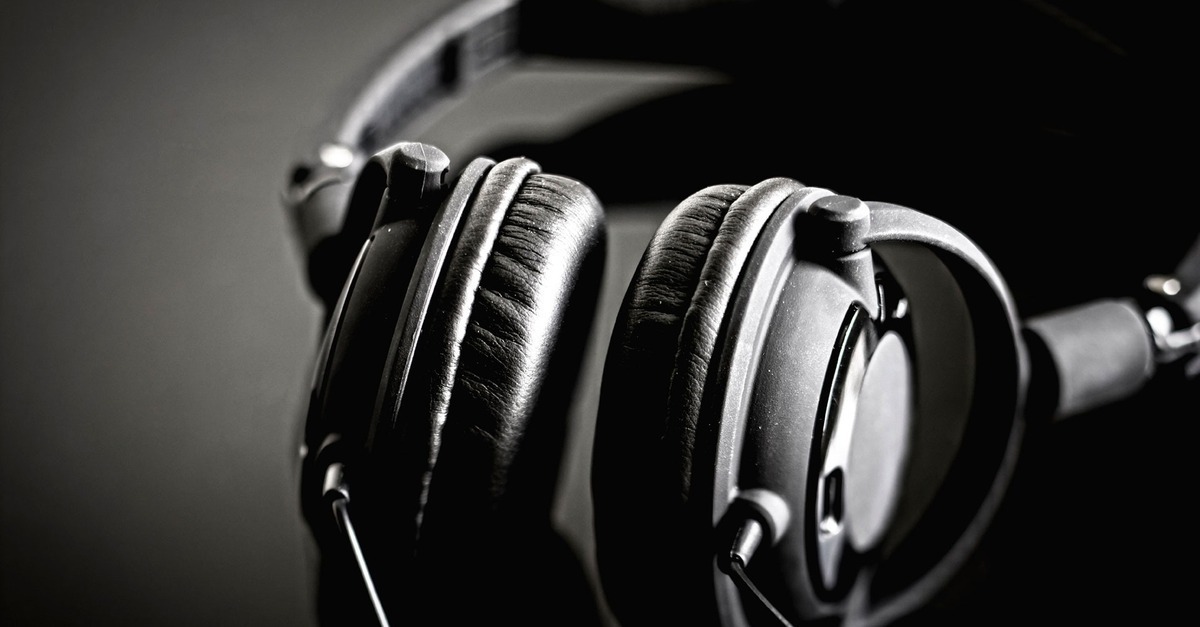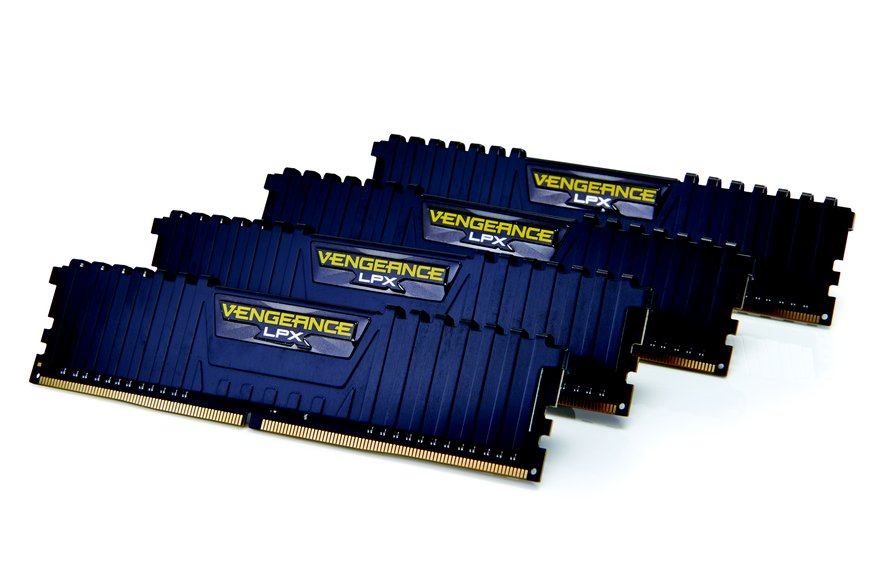
Headphone Driver Types - Explained
We have a lot of names for the devices that we use to listen to music and other audio mediums without disturbing others. Headphones, earphones, your speakers, all those words mean pretty much the same thing so it's not the focus of this article. What is the focus of this article is the different types of drivers, that you might find inside them.
Drivers or transducers convert the electrical signal sent through the cable or the air, if you're using wireless bluetooth or whatever to the sound waves that your years hear. So, first up is the most common type of headphone driver.
The moving coil driver also known as a DYNAMIC DRIVER
It consists of a stationary magnet attached to the frame with a headphone which creates a static magnetic field, a diaphragm and a coil wire or voice coil. The voice coil actuates the diaphragm based on the varying current that gets passed to the coil and the moving diaphragm combined with the air moving around it creates the sound that you hear.
Practical dynamic driver sizes for headphones are anywhere from tiny ten millimeter or sometimes even smaller drivers that sit inside IEMs to big fifty five millimeter, pounding bass capable drivers that you'll find in over-ear headphones and the main benefits of these are that they are inexpensive to produce, keeping manufacturing costs relatively low for entry-level products and if engineered correctly they can deliver a wide enough frequency range with enough accuracy that even high-end audiophile grade products can be built using this technology.
ELECTROSTATIC DRIVER
They are little different. They consist of a thin diaphragm, typically made of coated polyethylene terephthalate film which is electrically charged and suspended between two perforated metal plates or electrodes. The electrical sound signals applied to the electrodes which produces an electric field between them and draws the diaphragm towards one plate or the other. Air is then forced through perforations or the curbs on the electrodes which when combined with the moving diaphragm due to the constantly changing electrical signals, creates sound waves which your ears hear.
Electrostatic drivers are generally capable of producing a very wide range of frequencies and their frequency response often extending well above the audible limit approximately 20 kilohertz. Now-a-days electrostatic drivers are only really present in high-end audiophile grade headphones, since they're quite expensive to produce, require stronger amplification and these benefits for most people, simply doesn't justify the additional cost.
ORTHODYNAMIC or PLANAR MAGNETIC DRIVER
They operate on a similar principle but use large permanent magnets and vary the charge of the membrane to produce sound.
BALANCED ARMATURE or BA DRIVER
This if the final type that we're highlighting today. They're the smallest ones available and they're incredibly power efficient which makes them great for IEMs also known as canalphones and for hearing aids actually. This driver type features a coil wrapped armature that is pivoted and then practically centered or balanced between the poles of a permanent magnet. Then when the current passes through the coil, it causes the armature through the pivot, passing vibrations to the drive rod which is attached to the center of a diaphragm and the movement of the drive rod causes vibrations on the diaphragm and creating a sound to hear.
These drivers give a clean accurate sound but typically have a fairly narrow frequency response range. They also don't really deliver head crushing bass and are very limited in performance at the extremes other human hearing range. But they're often joint with much success with other BA or dynamic drivers in a "Passive Crossover Network" to expand the overall frequency range of the in ear monitor with each driver focused on a certain band.
Do you know that when shopping for headphones more does not always mean better? So, do your research on the quality of the drivers inside a pair of IEMs before you pay some ridiculous amount of money just because they have 16 BA drivers in each item something.
Anyway this article is by no means comprehensive but it should give you a good idea of what the main differences are between the most popular driver types. But if you want to learn more about headphone drivers then head over to HeadFi forums. They have tonnes of information about all aspects of headphones.


